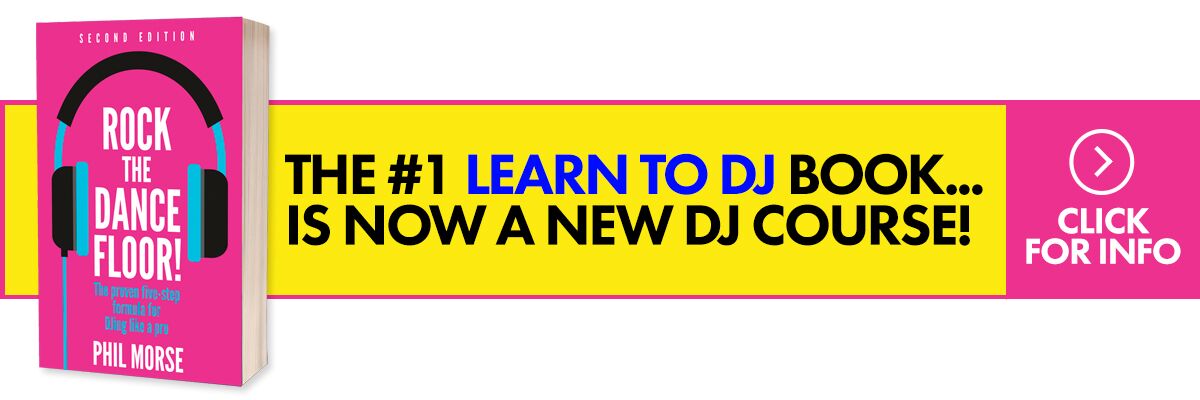Back at the start of my DJ career, I read a book called How to DJ Right: The Art and Science of Playing Records (I completely recommend it to any new DJ, by the way). Of all the styles of mixing it discusses, the one that I grabbed and ran with the most was harmonic mixing, which opened my eyes to many mixing possibilities.
This isn’t the place to explain harmonic mixing (head over to The 123 Of Mixing In Key for that), but the absolute basic is that every song has one main “note” which it comes back to over and over again – and some “notes” mix well others. (It’s a bit more complicated than that, but as I say this isn’t an article to explain it all. You get the idea.)
Now, some “notes” clash when you try and mix, and some don’t. Knowing the “notes” or “keys” of your tracks is the basis of harmonic mixing, and this is what helps you to prevent most key clashes. (There is software to work this out for you, like Mixed in Key, beaTunes and others.)
Notice the word “most”. It’s not foolproof. Yet, most times it works accurately. There are four benefits I find time and time again to at least considering mixes that are “in key” (or “harmonically matched”). Here they are:
Four ways harmonic mixing can rescue your DJ sets
- It can prevent trainwrecks – Not BPM trainwrecks (when the beats are completely out from each other), but musical trainwrecks where the music clashes horribly. Even some of the best DJs sometimes throw a song on, unprepared for the key clash that ensues. The last thing a hardworking DJ needs is folks flashing obscene gestures because they cause a musical trainwreck as they try and get from one tune to the next
- It helps prevent you picking the same songs over and over – Many times during gigs, temptation begs me to play the same songs in the same order I played during a previous gig. So to avoid this, instead I search for a different song in a matching musical key that might be good instead. Usually, I find a song I never thought of playing. Sometimes when I do this, not only do I receive a huge positive reaction from patrons, I also find myself surprised the sh*t worked in the first place!
- It means you can often successfully mix genres – As you’re playing a current hit, someone asks for an 80s new wave song. This is how I handle it. First, I look at the key, or “note” of the request. If it matches the current song’s key, rather than try to deflect the request, I just might play it next. If not, I remember the key of the requested song so I can mix it later on when I am playing a different song in a matching key
- It lets you break tempo rules – A good rule of thumb (from the book I mentioned earlier) is to always mix plus or minus 4 BPM from the current tune. Yet, I always don’t do it. Imagine playing a song at 128 BPM. A patron insist you play a song that plays at 95 BPM. How do I work around it? Well, if the key matches, I often choose to play the requested song next. Trust me, many folks won’t get pissed about an immediate tempo change… if the keys match. Or I can work my way down in two steps using two keymatched tunes (maybe another song at 115 BPM first). If I followed the tempo rule, it would take me forever to play the requested song. As it is, drunk people are already annoying. At least, without ruining your set, this way you go ahead and play the damned song next, shutting them up as quick as possible. The drunk person might even tip you…
This is only one tool…
It’s important to remember that harmonic mixing is only a blueprint, an extra option open to you. Non-matching songs will work well in your mix too! I also can’t promise this will make someone an excellent DJ. Only practise does that.
But especially if like me you’re a DJ who works in an environment where you’re expected to take requests and play multi-genre, multi-tempo sets, you’ll find that harmonic mixing is often a godsend.
• DJ Stone Crazy is a DJ from Central Florida, USA. Here’s his blog.
Do you use harmonic mixing in your sets? What’s the biggest advantage to doing so for you? And what have you found to be the pitfalls? Please share your thoughts in the comments.


